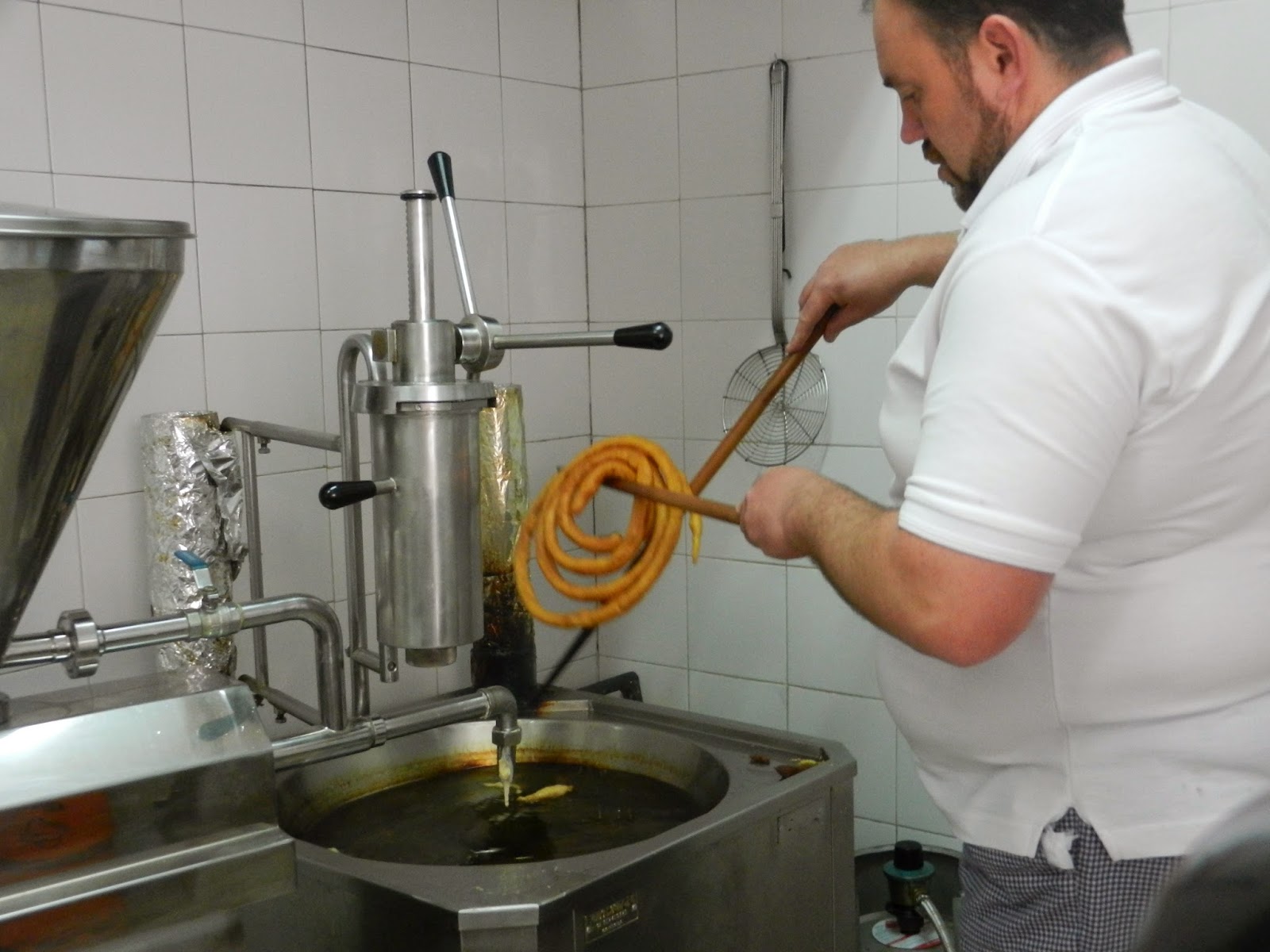So Easter Week, or Semana Santa as we know it here in Spain, was a wonderful blur. My family were here visiting and our time was jam-packed with sightseeing and tapas pit stops interspersed with occasional lounge by the pool.
Seville is home to some of the most famous of the Spanish holy week processions, famed the world over for the hauntingly dressed penitents. They accompany floats weighing up to five tonnes, which boast irreplaceable figures of the Virgin and Jesus, as they walk the streets.
The official start of holy week is Palm Sunday, when the first of the official processions leave their respective churches en route to the cathedral. Processions are marathon affairs with some stretching to 12 or 13 hours, often marching the streets through the night to avoid the heat.
Taking heed of the warning of my students and colleagues, I knew that the centre would be unnavigable with swarms of people, bus diversions and main tourist sights either closed or at gridlock. As such, I suggested to the family that Sunday be a more tranquil affair. I thought the best place to get away from the hustle and bustle would be at El Parque de María Luisa and La Plaza de Espana (which I first discovered
here). As a tourist attraction in its own right, there was no need to scrimp on the Seville experience at the expense of the Easter festivities.
I made a lovely picnic spread to enjoy and, after a wander round the plaza to see the mosaics, we set it out, ready for a mid morning graze. In the distance we could hear the beats of a processions marching band, the sun was shining and all was merry with the world.
It was soon clear that the band wasn't so far away...in fact it was heading straight for us. As crowds began to form in the road leading past the Plaza, we were about to have our first Semana Santa experience as La Paz (the peace) procession marched right past our picnic spot.
My sister and I made it (at a jog) to a spot right on the side of the road and held our ground for the full 2 and half hours the full parade took to pass. What resulted was a very sunburnt nose, some beautiful pictures and this mini guide to the Semana Santa processions of Seville.
The first section of the La Paz procession was mounted.
This was our first glimpse of the nazarenos, the name given to these hooded figures. If any of you have seen the first scene of 'The DaVinci Code', the nazarenos feature in Robert Langdon's symbols lecture, in which they are wrongly identified as members of the Klu Klux Klan. They are in fact religious penitents, who represent the first level of religious promise within the processions.

Nazarenos can be any age (check out the little cutie above!). Nazarenos often give sweets or stampitas (little cards featuring saints) to children. So far from being an intimidating presence, they are often a child's favourite part of the processions. All nazarenos, with the exception of the very small, carry candles (in one of three sizes). The nazarenos of La Paz carried both white and red candles. The candles are lit in the night time parades and La Paz was featured in the newspaper the following day as the white robes of its penitents were stained red with candle was throughout the evening. It looked like a murder scene...much more sinister than how they look in my snaps (taken between 1.30pm and 3.30/4pm).
Stampitas attached to the candle of a female nazareno.
Carrying a rosary on procession.
With such a jubilant atmosphere with children calling out for sweets, its often hard to remember that nazarenos are penitents seeking forgiveness from God. Some choose to punish themselves more by going without shoes. Though its rare to see in the south of Spain, some penitents in the north go as far as to chain their feet together as well - Semana Santa is serious business.
Next came the first float featuring Jesus carrying the crucifix guarded be a centurion.
You know I mentioned these floats can weigh around 5 tonnes? Did I mention they are carried from beneath by men?! Here they are at rest underneath the float (paso).
This gentlemen is the director of the paso. He gives the orders of when to lift and when to rest. You may be able to see, if you look closely at the float, a golden knocker in the shape of a bridge with a tower at either end. At the knock of the director, the costaleros (the carriers of the paso) not only lift, but they jump to a standing position with the weight of the float on their neck and shoulders. It really is a sight!!
Following the first paso came the penitentes, who, as you can see, wear the same hooded form as the nazarenos but without the pointed top.
These are a step up from the nazarenos in the religious promise stakes. They carry weighted crosses for the duration of the parade. Though most only carry one, depending on the level of penitence a penitente can carry up to four crosses at one time.
A beautiful end to the procession came in the form of the second paso, that of the weeping Virgin. Sheltered by a canopy of white lace, she was truly beautiful.
La Paz was an unexpected but welcome step in to the world of Semana Santa. If you're ever in Seville for Holy Week and want a low key but impressively large procession, make sure you stop by La Paz as it passes through the park. You won't be jostling for room and once you've had your fill of the action, you can simply retreat to the grass for sunbathing.
Have you ever witnessed a Semana Santa procession? What did you think of it?









































